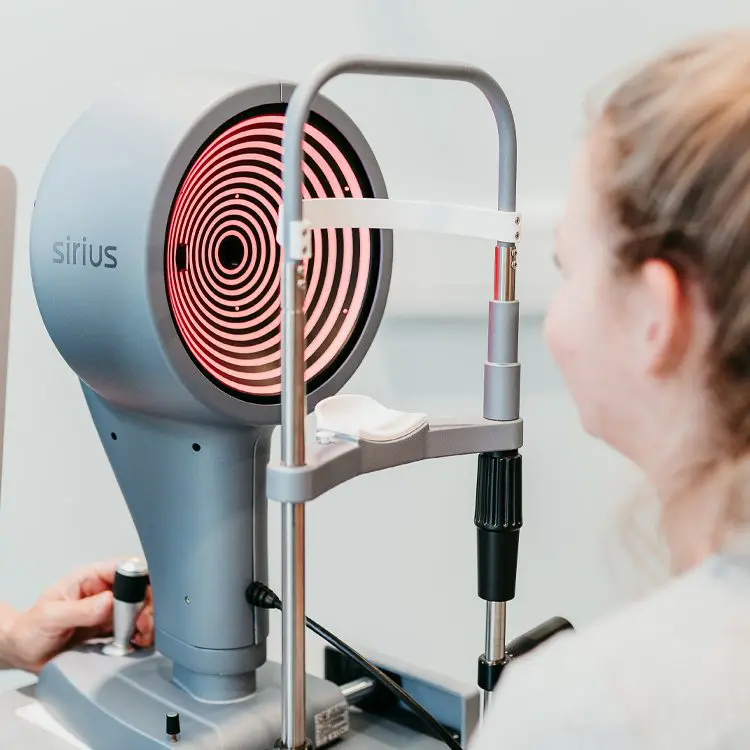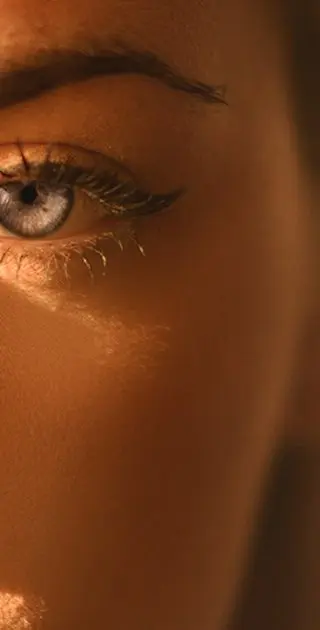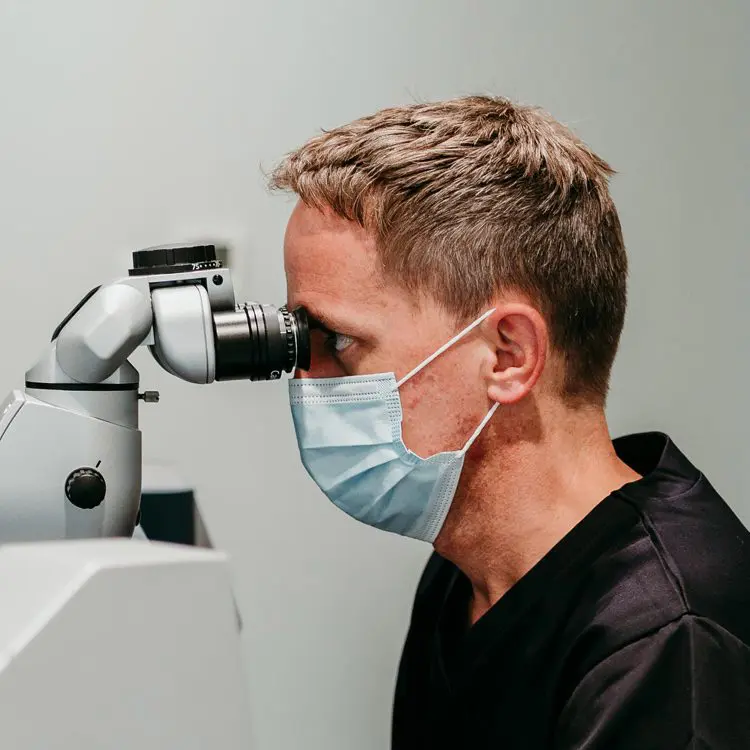




Early clinical signs of Glaucoma can be subtle. When our Laser Vision ophthalmologists undertake glaucoma screening and monitoring they employ a range of diagnostic tests including: Goldmann intraocular pressure, indirect VOLK, gonioscopy, Optical Coherence Tomography (OCT), corneal pachymetry and Humphreys visual field in order to detect the earliest hallmarks of the disease. Early treatment is proven to reduce the extent of long-term peripheral vision loss and preserve sight.

What are the Symptoms?
What are the Causes?
A positive family history of glaucoma in a first degree relative (parent, sibling or child) is a leading risk factor. Other risk factors include: increasing age, West African descent, myopia (shortsightedness) above 3 dioptres and a thinner central cornea.



What is the Diagnosis?
Elevated intraocular pressure is not the only cause of Glaucoma however all treatments aim to reduce it. A clinical research project led by Professor Gus Gazzard known as the LiGHT study has led to a change in NICE guidelines that recommends the use of SLT as first-line treatment. Pulses of low-energy light are directed at the trabecular meshwork which triggers a release of white blood cells to clear and rebuild the tissue; improving its ability to drain fluid from the eye. In up to 80% of cases, SLT results in an effective reduction of IOP without the need for additional eye drops. In cases where intraocular pressure does not respond to drops or laser therapy, advanced techniques including MIGS (Minimally invasive glaucoma surgery), Trabeculectomy and Aqueous shunt implants (Tubes) are available.


Treatment Options
Choosing the right vision correction clinic for your surgery is paramount. This is a life changing procedure after all, and you need to have complete trust in your surgeon and care team of professionals.
Our Technology
We invest in the latest equipment hand chosen by our surgeons, so that we can deliver outstanding results with the safest surgery possible.